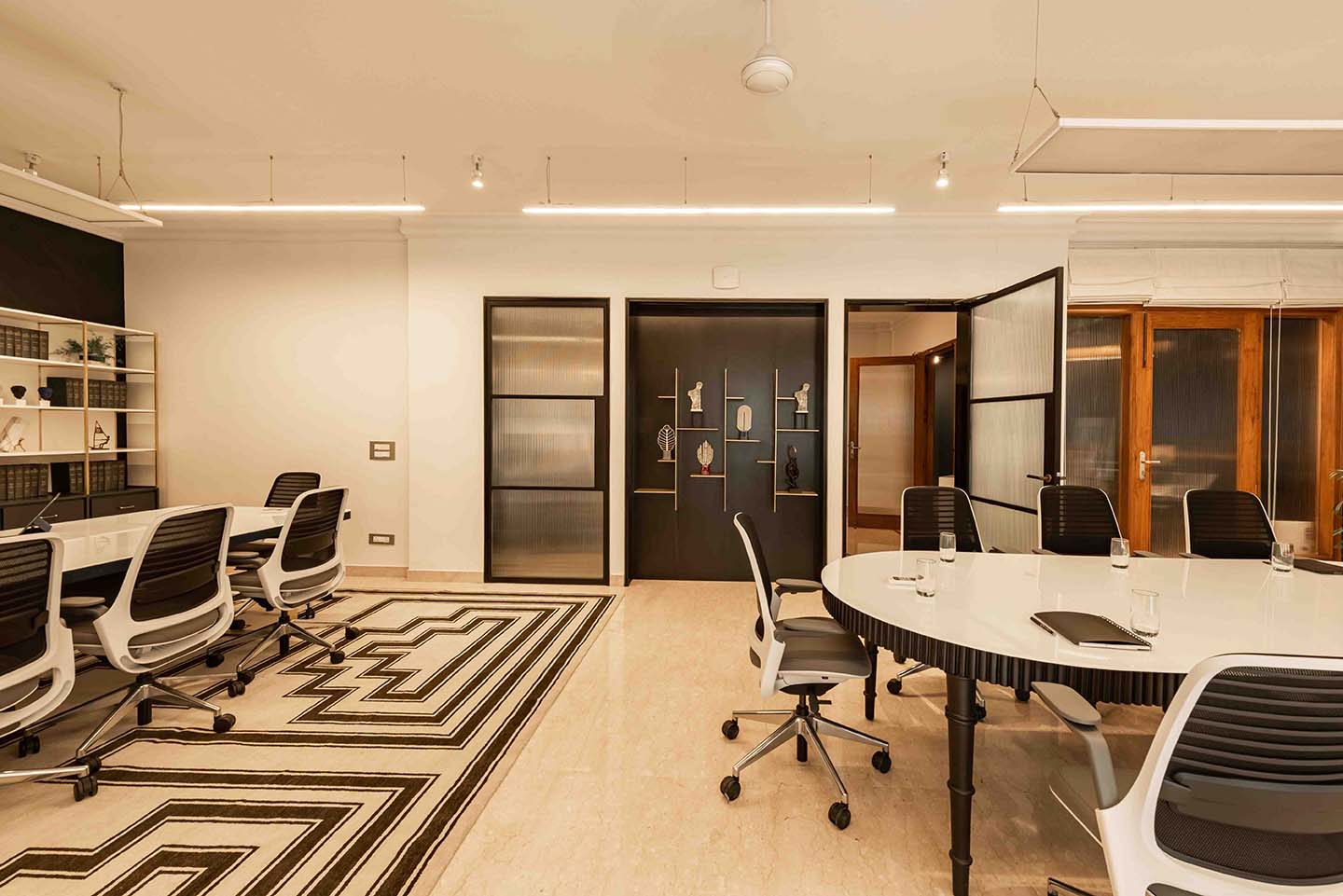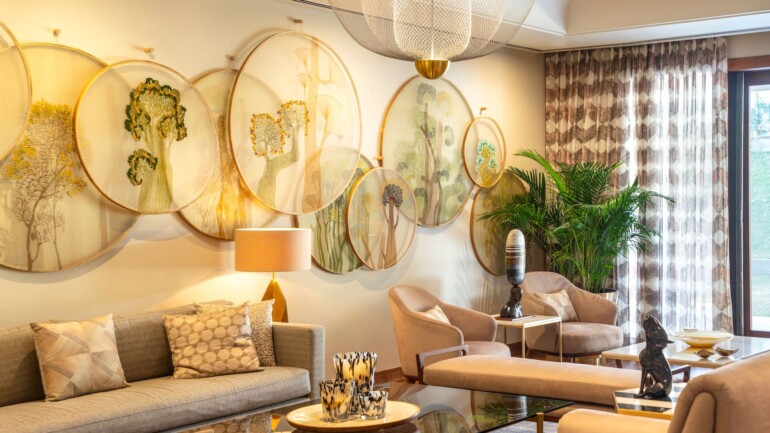The timeless appeal of Indian crafts has made consumers aware of the knowledge, skills, and materials that our country is endowed with. There is increasing consciousness and curiosity for handmade Indian furniture, a desire to learn the provenance of and the wisdom behind how certain objects are made for both beauty and function. Reinterpreting a craft involves studying its history within a contemporary context. The fusion of an age-old technique with modern technologies allows for innovation, where traditional skills are revived and given new meaning. Any object designed to fulfil a utilitarian function can serve its purpose even better if it draws from its context.
Craft speaks of an open-ended negotiation between material and process, where the material becomes a generator of form. In India, craft and design share a symbiotic relationship. They link exploration of new prospects and sustainable revival through strategic innovations, integrating ecological, economic and socio-cultural aspects. For example, the age-old tradition of cane weaving is witnessing a resurgence in recent times in the form of comfortable and durable home and garden furniture suited to our climate and context.
The interiors of RAAS Chhatrasagar, a boutique hotel in Rajasthan, take cues from the flora and fauna surrounding the property—be it the vibrant colours of the birds and plants expressed in the tented suites’ fabric linings and the hand-embroidered fabrics (by Flora For Fauna) or the motif of the local kikar tree carved into customised furniture. By incorporating local skills and the context into the design of indoor and outdoor furniture, the hotel makes the guests’ stay immersive and memorable.
At Mangrove, we continue to engage crafts communities for creative design development. We create a number of bespoke furniture pieces with an element of cultural association with crafts like Tarkashi, Naqashi, coiling, wood carving–and adapt them for our times. Collaborative innovation between the designer and the craftsperson is an ideal way of gaining insight into how furniture-making can integrate ergonomics, joinery, functionality, and beauty.




